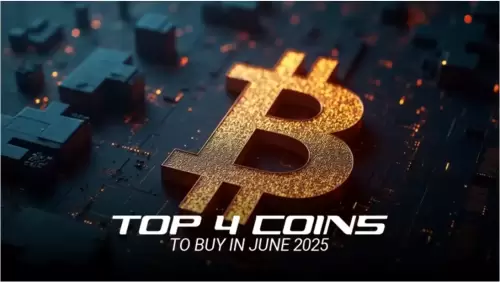Despite mixed signals, South Korea's stablecoin scene is heating up, driven by private sector innovation and a push for real-world utility. Let's dive in!
Korean Stablecoin: Lost in Translation, Building in Reality
The Korean stablecoin landscape? It's a bit of a rollercoaster. Are we seeing government-backed initiatives? Not exactly. But is there real movement happening? Absolutely. The buzz is all about private sector innovation, regulatory navigation, and the real-world building of the next generation of digital finance.
Decoding the Confusion: Government vs. Private Initiatives
Recent whispers of a government-led Korean won stablecoin? Turns out they were a little premature. A spokesperson from the Democratic Party of Korea (DPK) has clarified that those reports were “groundless.” The real action, it seems, is bubbling up from the private sector. What caused the confusion? Some misinterpreted remarks by DPK’s chief policymaker regarding discussions at the Presidential Commission on National Policy Planning.
The Real Builders: Banks and Consortiums Take the Lead
So, who is building the 'Digital Won'? A consortium of eight major South Korean banks, including KB Kookmin and Shinhan, is actively developing a won-pegged stablecoin. This initiative, backed by key financial institutions, aims to challenge the dominance of dollar-backed stablecoins. Expect to see two models: a trust-based version and a deposit-linked version, both pegged 1:1 to the Korean won, potentially rolling out between late 2025 and early 2026.
Navigating Regulatory Waters
Legislative support is also materializing. The DPK introduced the Digital Asset Basic Act, legalizing stablecoin issuance for firms meeting specific equity capital requirements. However, not everyone's thrilled with the speed. The Bank of Korea has voiced concerns about potential currency swaps into US dollars, which could undermine monetary policy. A cautious, bank-led rollout is being recommended to mitigate systemic risks.
BlockDAG: Building Before the Hype
While South Korea sorts out its stablecoin strategy, other players are focused on tangible progress. BlockDAG (BDAG) is a project emphasizing working tools over hype. Its testnet is already functional, allowing developers to launch smart contracts, build dApps with no-code tools, and test the network without needing BDAG coins. With over 23.3 billion BDAG coins sold and over $323 million raised, early buyers are closely watching developer activity.
No-Code Smart Contracts: Democratizing Development
BlockDAG’s no-code smart contract tool is a game-changer, enabling non-developers to create and launch contracts easily. This fosters broader community participation and drives real-world BDAG usage beyond mere speculation. This approach aims to scale from the beginning, supporting a wide range of applications, from NFT platforms to DeFi projects.
The Road Ahead: A Phased Launch
BlockDAG's roadmap outlines a six-week launch plan. The plan includes closing the presale, converting X1 and TAP points into BDAG, activating the mainnet, setting up mining, launching community nodes and mining pools, releasing DeFi tools, and listing BDAG on exchanges. The idea is to ensure the coin is backed by working tools from day one.
Final Thoughts
So, while the Korean stablecoin narrative might seem a bit










































































